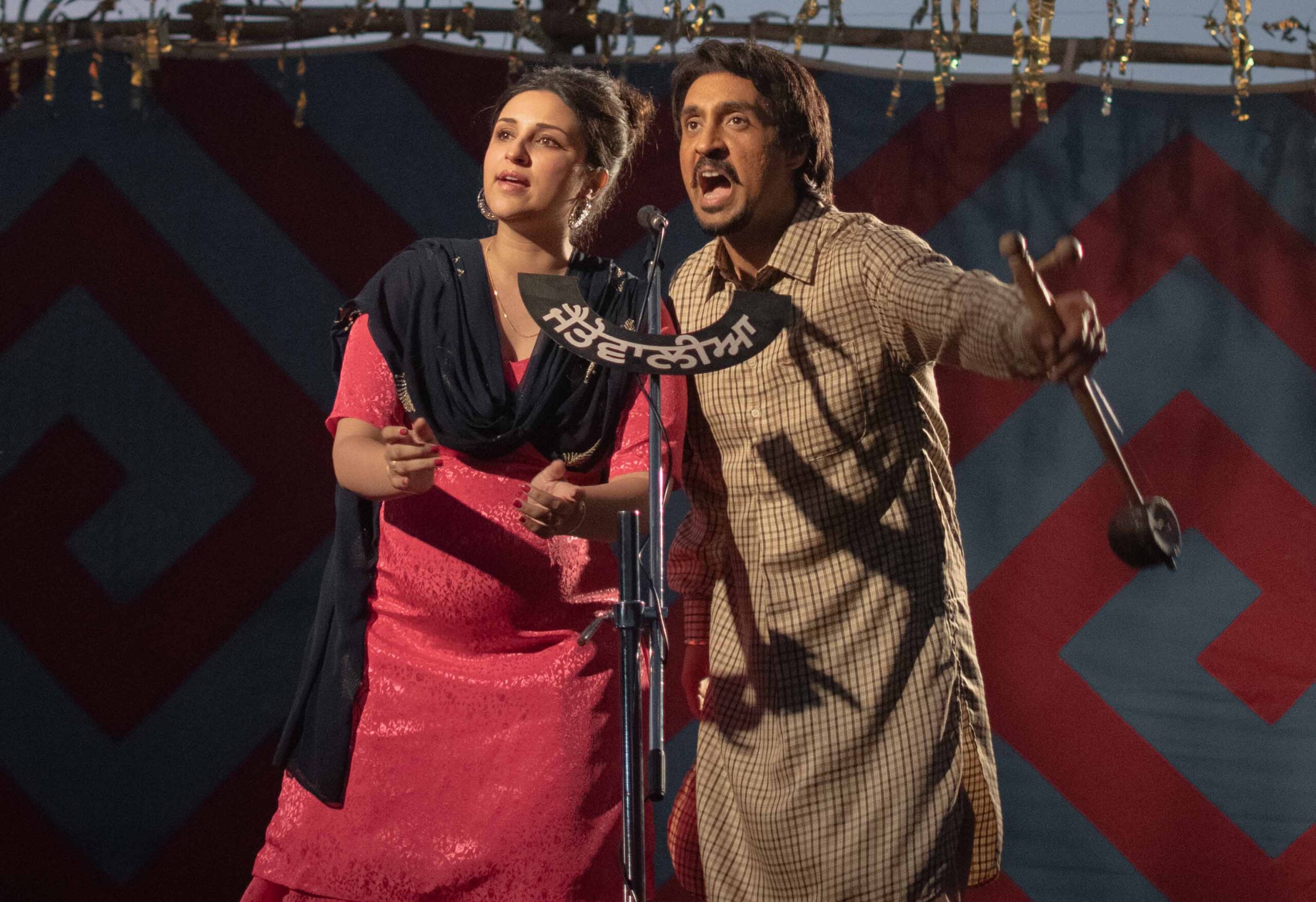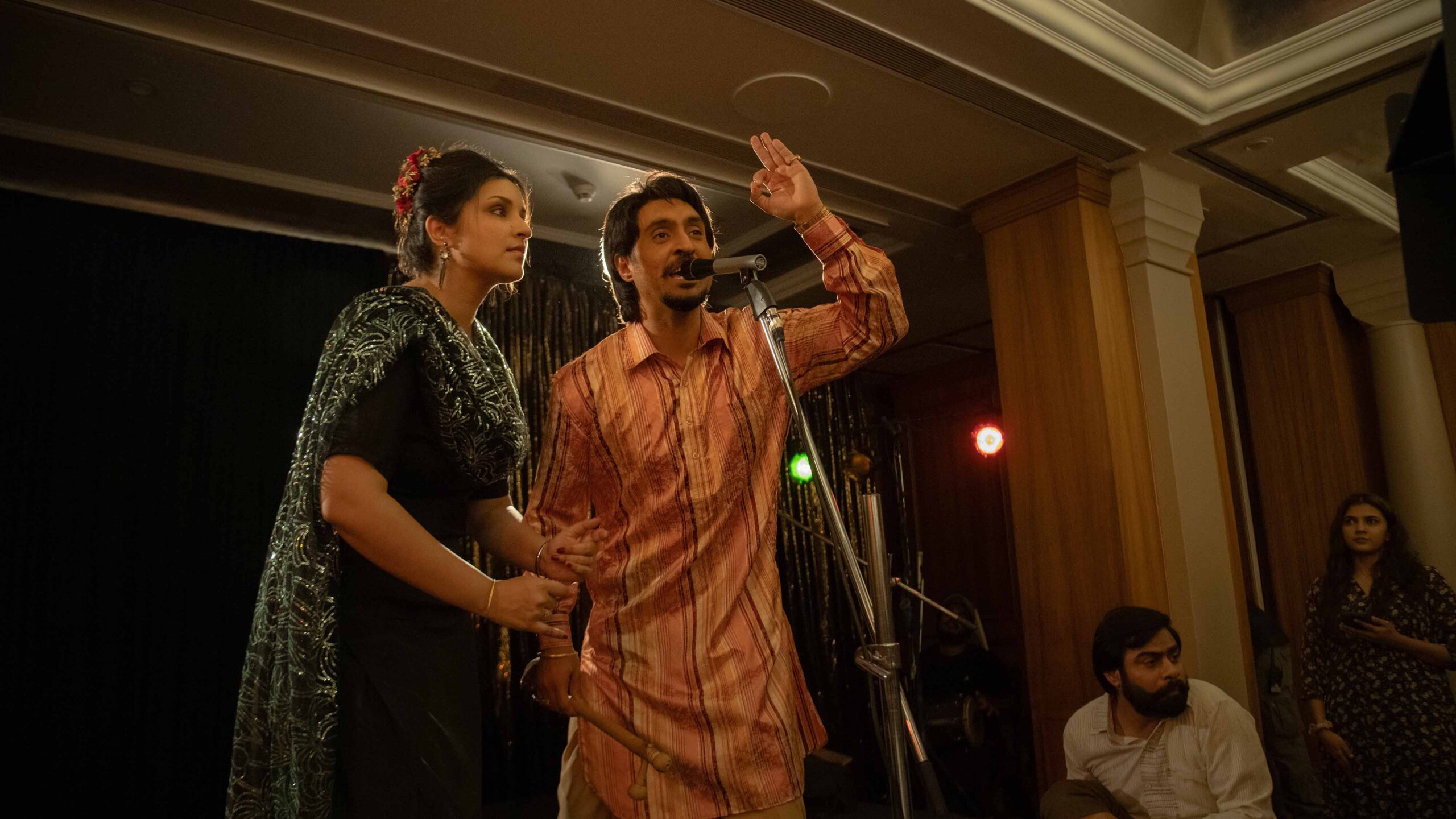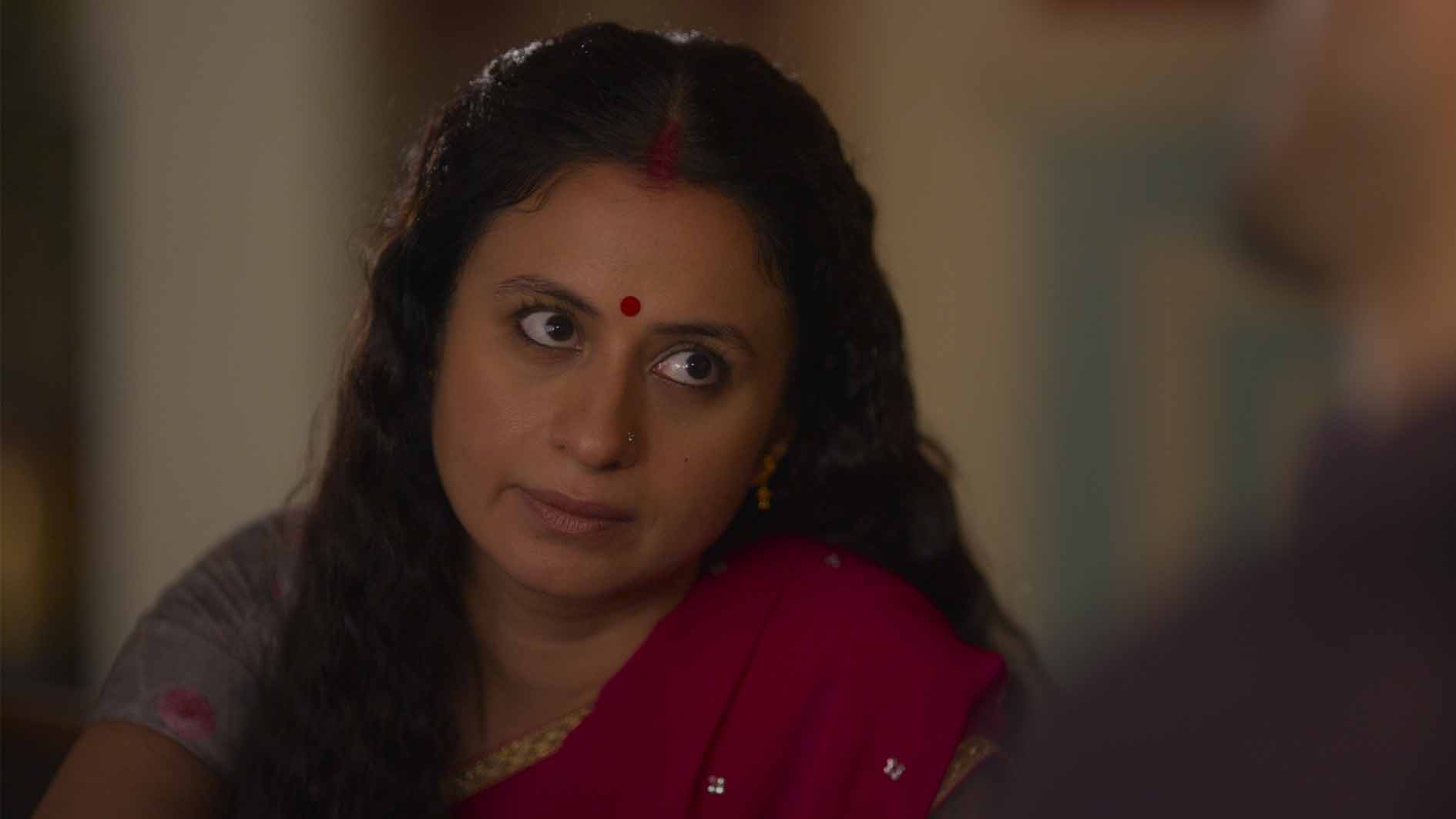Imtiaz Ali’s call for artistic freedom—and the price you must be willing to pay—doesn’t always have the power or focus it needs.
Akhil Arora, a member of the Film Critics Guild and a Rotten Tomatoes-certified film critic with over eight years of experience

What is decency? And who gets to define it? In a country where taking offence and sentiments being hurt has morphed into a crutch and a pastime, the boundaries of what’s appropriate shrink every day. But this isn’t anything new. Intolerance has always been widespread—it’s now just easily disseminated. In the eighties, that’s how singer-songwriter Amar Singh Chamkila earned the moniker Elvis of Punjab. (A line in the movie takes it too far and calls him “the Elvis of Punjab, US, UK, and Canada”, which is funny on another level because, you know, Elvis is American.) It was given for his popularity, for shattering multiple sales records over his short life, but it applied to how society was enraged by the content of his lyrics. A sentiment that likely led to his assassination at the ripe age of 27.
Who was Amar Singh Chamkila?
Following 2018’s experimental meta docu-drama Mehsampur and the mainstream Punjabi-language Jodi last year (which also starred Diljit Dosanjh in the lead), Amar Singh Chamkila—director Imtiaz Ali’s return to feature filmmaking after four years, on the back of three instantly-forgettable seasons of television across Netflix and SonyLIV—is the most high-profile attempt to chronicle the life of the late musician, who was gunned down alongside his fellow singer wife Amarjot Kaur and their two band members, amidst religious separatist tensions in ‘80s Punjab. The case remains unresolved. (An upfront disclaimer notes that the film is “loosely inspired by true events”.)

Every Indian Netflix original movie, ranked
From Do Patti to Phir Aayi Hasseen Dillruba, and from Darlings to Khufiya, film critic Akhil Arora ranks every Indian Netflix original movie ever made.
The Netflix movie offers a portrait of a man who was completely in servitude to his fans and a man who had no desire to ruffle feathers. Through his actions, you could view him as an iconoclast. After all, he defied the powers that be and performed songs they told him not to. But Amar Singh Chamkila—written by Imtiaz and his brother Sajid Ali (Laila Majnu)—is unable to showcase how Chamkila went from being a meek singer to a man willing to defy Punjab’s mighty. (The film tries its hardest to never utter the word Khalistan.)
Chamkila appears feeble and coddled in front of his fans and those who threaten him. He never argues that there’s nothing “wrong” with his material. The only real bit of protest feels jarring, particularly because there’s been no presence of that facet of Chamkila’s personality up to that point. The Netflix movie ultimately struggles to get inside its protagonist’s head—the best case is presented in an interview with a journalist where Chamkila defends why he writes the types of songs he does.
Moreover, at 140 minutes, Amar Singh Chamkila is long to a fault. It’s rote and ends up in musical biopic cliches, it meanders and goes around in circles, and it resorts to undercooked montages. (The use of animation and archival footage is helpful in some cases and a mere distraction in others.) Its narratorial framing is refreshing but adds little, and it feels egregious to parade their dead bodies again and again. It’s clear the script needed more work, but the Netflix movie could’ve also used the services of a stricter editor. (Imtiaz returns to frequent collaborator Aarti Bajaj, who has edited all his films since 2007’s Jab We Met.)
Restricted authenticity
Where the Netflix movie does stand out is how some Chamkila songs have been performed “live”. A facet worth noting in an industry like Bollywood that has erased the true meaning of musicals through decades of playback singing. A. R. Rahman, who composed the music, ensured that Chamkila’s original compositions were recreated and captured on set. Dosanjh and Parineeti Chopra’s—she plays Chamkila’s wife—commitment to sing live pays off. (Dosanjh is captivating across the rest of the film too.) But there’s a catch to this. There are songs in Amar Singh Chamkila that aren’t Chamkila songs. And those aren’t, ironically, sung live. It doesn’t help that they are all oddly placed and serve little to no purpose.
Its authenticity credentials are further dented by the fact that Amar Singh Chamkila is made for the Hindi gaze. For one, all the dialogue is in Hindi, not Punjabi. Imtiaz put up a weak defence when asked, noting it was “necessary because Chamkila is a … universal subject. So, I wanted people [who] are not from Punjab [to] also see it and enjoy it.” Are subtitles not a thing anymore? Speaking of subtitles, instead of letting its audience decide, the Netflix movie translates a few choice bits of Chamkila’s songs as words on the screen, with the most important words highlighted in bold and all caps. They are written in Romanized Hindi—like in the English alphabet.

So, if you’ve subtitles on for another language, two lines of text compete for your attention. Not to mention there’s a film going on you’re meant to watch. It’s distracting, to say the least. More importantly, it drags a story about a character rooted in Punjab—and Punjabi—out of its place. It feels like a betrayal.
The building blocks of Amar Singh Chamkila
Amar Singh Chamkila makes no qualms about how this story ends—the deaths of Chamkila and Co. in 1988 are presented right at the start. The Netflix movie then rewinds to 1977, but not before a puzzling, misguided detour through Chamkila’s life and his place in history. We get informative shots of his childhood alongside demands for justice for his death, even though we haven’t learnt anything about him yet. The film tries at once to build his myth, inform you of his popularity, explain why the story needs telling, tell you about his morals and values, and summarise his life in an introductory song of sorts. It left me confused, if anything. (The 40-year-old Dosanjh plays Chamkila all the way through from 17 to his death at 27.)
Storytelling-wise, the Netflix movie is broken down into phases. There’s the struggle phase, as full-time factory worker and part-time songwriter Amar Singh figures out how to break into the industry. There’s the love story phase (done mostly via a montage), with Chopra entering the film 45 minutes in and remaining a distantly observed peripheral figure all the way through. She might be playing the female lead, but Chopra’s Kaur feels like a tertiary character. There are scenes in the present too—it’s not all flashbacks—but they don’t have much meaning to them. You can tell they are clearly designed as narrative devices or audience surrogates, initially feeding what the easily offended thought of Chamkila and slowly gaining the respect the film thinks he deserves.

Who decides what is ‘art’?
Amar Singh Chamkila fares better in exploring the reputation of his art. As the film reiterates over and over, Chamkila’s songs were labelled “dirty”, “vulgar” and “obscene”. The snobby crowd repeatedly noted his songs only appealed to a certain section of society—the working class. As one character puts it in a police metaphor, it was the “constables” who listened to Chamkila. (This directly ties into Amar Singh’s underprivileged lowered caste—people call him by his given name, Dhani Ram, whenever they want to knock him down a peg.) The argument is that Chamkila was producing low-brow art, while his mainstream contemporaries in the film industry—a position he too coveted, in a way—were delivering acclaimed work.
But Chamkila was merely doing what he was best at. He was a son of the soil—his background and upbringing defined him. It was simply that the work he was doing had no respect in India. Just as genres like rap and hip-hop had no respect when they first arrived on the scene in the US. Pushed and pulled by the police and religious forces—involving threats, coercion, and extortion—Chamkila turned from booty to the devotional. It was a role reversal, but he couldn’t stick to the holy path. This is the funniest moment of Amar Singh Chamkila and the Netflix movie is unable to make the most of it. (There are comic relief bits elsewhere, but they are ill-thought.) Instead, it’s parlayed into the self-serious and sincere, landing off the mark.
Chamkila did what he knew
After two disastrous seasons of She—which Imtiaz created and showran for Netflix—the 52-year-old writer-director delivers his first feature for the streamer, the culmination of a path that Netflix would’ve hoped for when it first partnered with him. The movie wastes a lot of time in corners that detract from its focus, and at times, it talks down to the audience.
But the biopic—a first for Imtiaz—gets a lot right too. The strongest argument it makes is for artists to pursue their art. You can live in fear, or you can do what you were born to. Chamkila is a singer, so he’s going to sing. No matter what happens. Imtiaz Ali finds his way to an argument against the environment of censorship and self-censorship that looms over filmmaking in India today. But it’s not the defining force of the film as it ought to be.
Amar Singh Chamkila released on Friday, April 12 on Netflix worldwide.
- Every Indian Netflix original movie, ranked – October 25, 2024
- The opening night of the 2024 MAMI Mumbai Film Festival was a joke – October 19, 2024
- Agatha All Along episode 5: what time is it out? – October 9, 2024




What do you think?